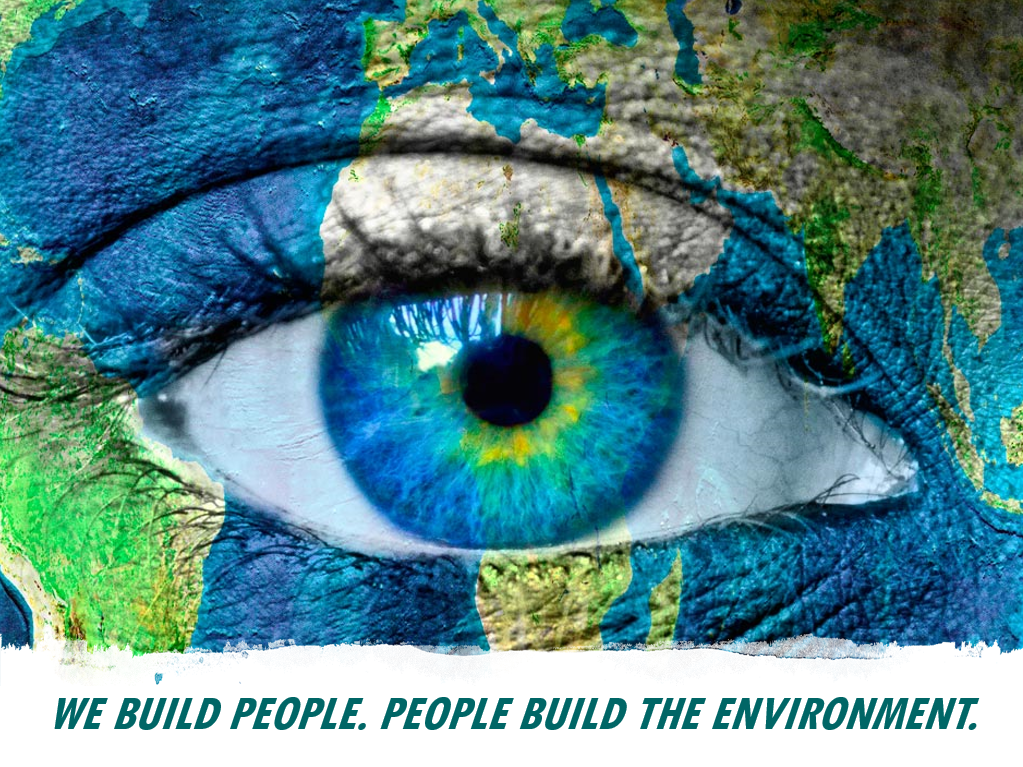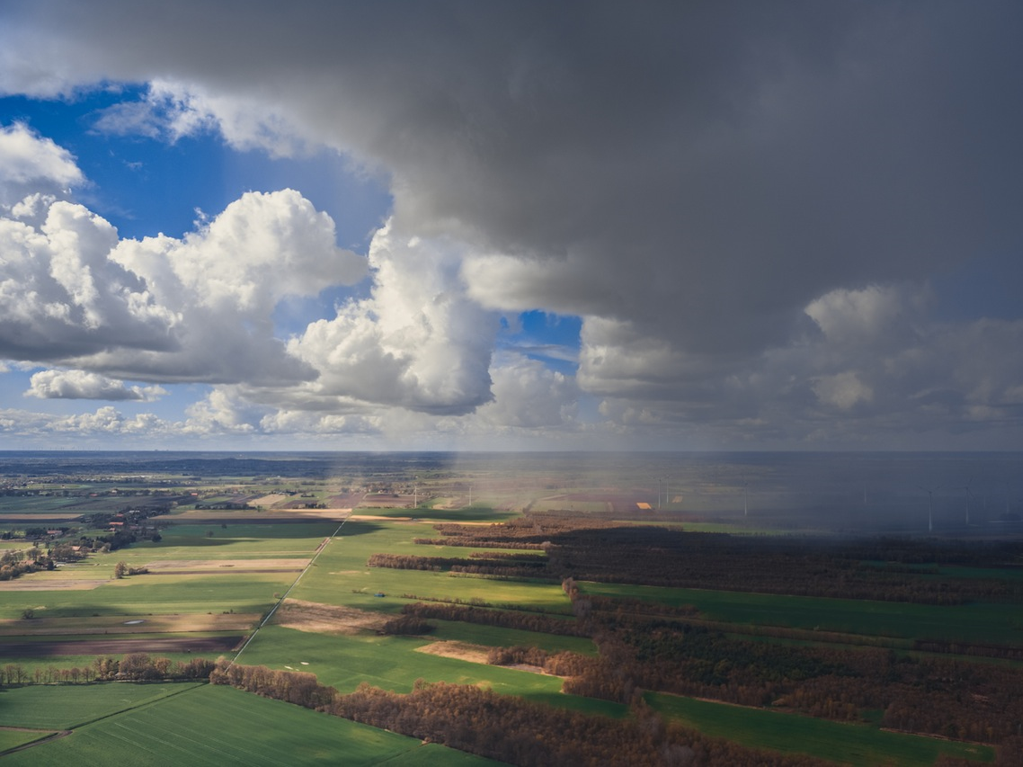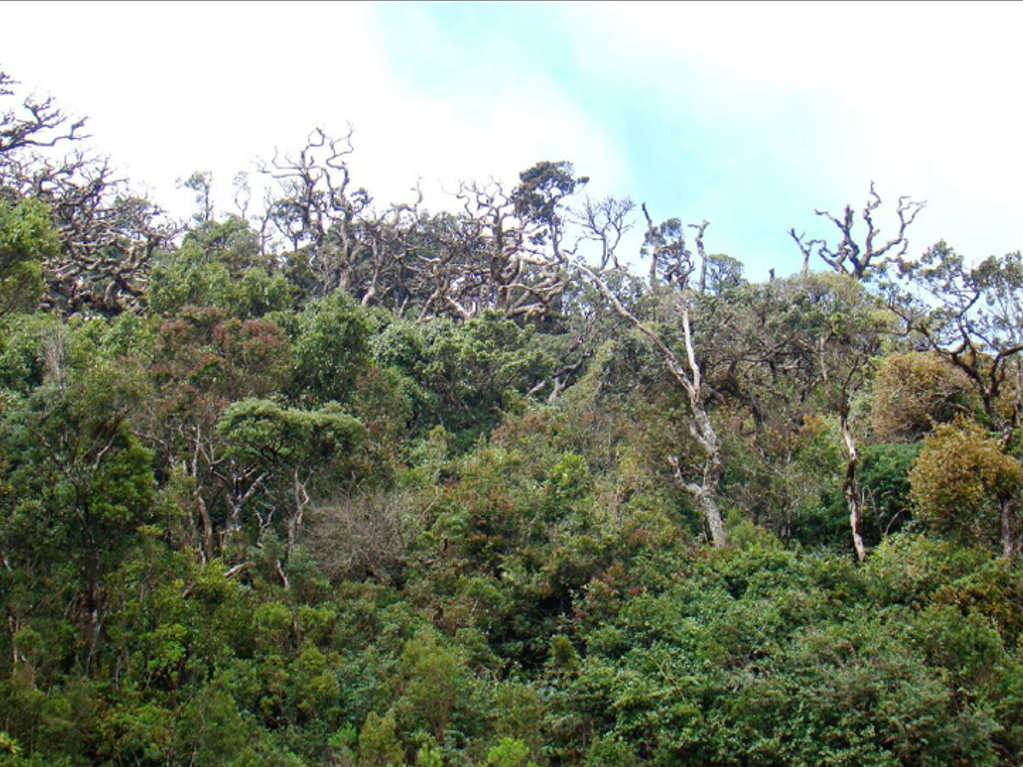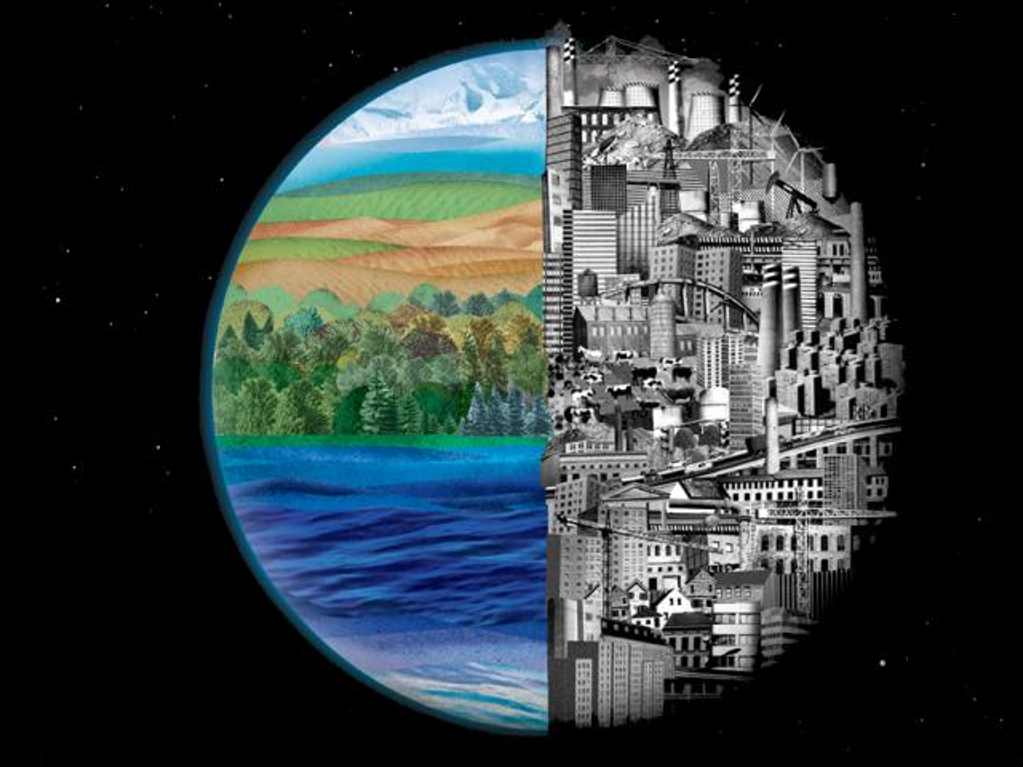
Climate change is here. It’s the present. Not far off in the future when sea level rise will inundate the coastal areas, which support high densities of people, and infrastructure. In fact, the impacts of climate change are being manifested now, as extreme weather events that affect ecological, social, economic, and governance systems. We now bear witness to more frequent and severe floods and droughts that displace people, with loss of lives, livelihoods, and property.
There will be loss or degradation of ecosystem services, such as sustainable and regulated provision of water. There could be too much water, or too little water. Both will affect human wellbeing and quality of life, especially as access to food and water is lost.

Climate Migrants Might Reach One Billion by 2050.
There will be mass migrations of people as climate refugees. And as people move and compete for dwindling resources – for food and water, and land, there will be conflicts. This will happen at all scales, from local to regional. The migrations from parts of the Middle East are now attributed to climate change. And this has resulted in wide-ranging geo-political changes with social, cultural, and religious repercussions. The resulting feedback loops that will only make the situation worse.
The climate change scenarios for Sri Lanka suggest that there will be a general increase in temperature. Broadly, the dry zone will become drier and the wet zone will be wetter. But, there will be more extreme and unpredictable weather events. So we will continue to experience extreme rainfall events, with a lot of rain falling in a short period, between long periods of drought. Severe storms and cyclones will cause strong waves and wave surges that impact the coastal areas, which support large and dense human populations.
This is the new norm that we will have to live with, and adapt to. Gone are the days when we could depend on predictable monsoons. And this predictability and dependency on a regular season is important because many people’s livelihoods and lives are dependent on it, from farmers and fishermen to the tourist industry and event organizers from sports events and even people like wedding planners. The last seems trivial, but think of the huge investments, primarily from personal savings, to individuals. The list goes on.

Weather patterns keep changing year by year…
And nature is also dependent on the predictable seasons. Trees and plants flower and fruit based on seasonal triggers. Animals mate and reproduce based on seasonal triggers. If these triggers are disrupted these phenological, ecological, and behavioural patterns are also disrupted. Which also means that the ecological integrity of ecosystems breakdown, becomes degraded, and become even more vulnerable and less resilient.
So there are socio-ecological-economic consequences.
For example, take a look at what’s been happening in the past few years,
May 2016 – Severe floods in the southwestern part of the country. People lost their lives, property, and livelihoods. Expensive infrastructure went under water, cutting off social connectivity. By the government’s own estimate, it cost the government– and us, the taxpayers — over USD 1.5 Billion.
January 2017 – Just eight months later most of the country was gripped in a severe, prolonged drought that again cost us another USD 1.5 Billion. Farmers whose crops were lost committed suicide, since they were unable to pay their debts. More than half the country was stuck without water. People became dehydrated, fell sick, and some died.
May 2017 – Southwest part of the country again flooded after more than half a metre of rain fell in the southwestern hills within a couple days. These floods claimed over 200 lives.
May and October 2018 – Floods in the southwest and part of the northcentral region. Loss of lives, property, disruption of social and economic connectivity.
In the meantime, the coastlines are now being eroded, and the coast conservation department is now about to replenish the beaches from Colombo to Panadura at a cost of 800 million rupees.
Estimated cost of these disasters over the past three years is over 5 Billion USD.
The extreme weather patterns are now developing into a trend, which is consistent with the predictions made by climate change models.
The economic indicators clearly indicate that the country’s economic projections and development tracks are being affected by these weather events. The Central Bank’s report for 2017 very clearly stated that the agricultural sector and the overall economy suffered because of the floods and drought. Economic monitors, such as Moodys and Fitch say that Sri Lanka’s economic indicators are declining because of the weather patterns that are causing natural disasters.
The government is now desperately looking for Foreign Direct Investment. But who will invest when there is no environmental safety and security? When there is a high probability that the factories and infrastructure that are built will become flooded and destroyed? When transportation and communication conduits may fail? When the chances of access to sustained water and other ecosystem services are low.
So there is a huge economic opportunity cost, and a societal cost.
Mitigations and solutions are ecosystem based. Most floods and landslides and droughts are being exacerbated and magnified because the ecosystems that act as barriers and safeguards that build resilience against climate change are being destroyed and degraded.
There is a substantial body of science-based literature that show that ecosystems like forests, coral reefs, and mangroves build resilience against climate change, and consequent natural disasters.
Large patches of forests, and intact forests are more resilient to climate change. But we have been losing forest cover rapidly.
Forested watersheds will also sustain the water cycle and ecosystem services, primarily water. Forest cover will intercept, trap, and release rainfall in a gradual, regulated way, instead of as surface run off that causes erosion, landslides, and the floods.
Sri Lanka has lost most of its forest cover in the past 60 years. In 1956, we had about 44% forest cover, but most of these have been converted and fragmented. The current forest cover is estimated at about 27%, but it’s actually probably much less than this, because this statistic is based on 2010 data released by the FAO, but using satellite data are from at least a couple of years before that. In the meantime, we have been losing about 8,000 ha of forests a year, according to the Forest Departments own statistics.
And they estimate that reforestation will cost about 100 million USD.
So shouldn’t keeping what we have be a greater priority?
The priorities for forest conservation in Sri Lanka should be the montane and submontane forests. The central mountains of the island are Sri Lanka’s water towers. The mountains capture (orographic) rainfall from the two alternating monsoons and distributes the water throughout the country via a system of 103 rivers that radiate out from the mountains.

A dying tropical upper montane rain forest, Hakgala, Sri Lanka. Photograph credits: G. W. A. R. Fernando.
Forests play an important role in integrated watershed management, especially to build resilience against natural disasters and against the influences and impacts of climate change. Forests play a role in stabilizing slopes and prevents erosion, landslides and floods. They allow rainfall to infiltrate into the ground and regulates and sustain water supplies. They help to ameliorate local temperatures. And forests also support biodiversity, are a source of natural resources to people, and provide economic benefits, and of course forests removes and sequesters atmospheric carbon.
So, removing the forests will result in floods, erosion, landslides etc. and then droughts when the rains cease and long dry spells occur.
Also, forests are complex organisms, with various ecological connections and feedback loops that maintain the ecosystem processes and forest structure and ecological communities. Simply planting trees is not going to get back those ecological links and the biological diversity, and get back a real forest. Especially in the wet zone and mountain areas, where most of Sri Lanka’s endemic species live.
So the forests are critically important for their watershed values, including headwater protection, erosion control, and flood control as well as for biodiversity conservation. And continued destruction of the forests will only exacerbate the natural disasters, affecting livelihoods and lives, and Sri Lanka’s economic development agenda.
And the enabling conditions for forest conservation and also for restoration, where they have been removed are in place in Sri Lanka.
In December 2015, Sri Lanka became a signatory to the Paris Agreement at the CoP 21. The president himself went there, in his capacity as Minister of Environment, and pledged to increase Sri Lanka’s forest cover to 32% by 2030.
Sri Lanka pledged to restore 200,000 ha of forests to the Bonn Challenge. So we have a clear target, made as a promise to the global community as a nationally determined contribution.
The government has initiated REDD+ program to conserve forests for carbon sequestration, biodiversity conservation, and sustain ecosystem services. This has the potential to attract carbon revenues for forest restoration.
The president also declared a ‘Green National Policy’, so there is enabling policy for forest conservation and restoration.
In addition to being a global contribution and commitment, acting on this commitment of forest restoration will also help to save Sri Lanka and the people from disaster. We have to do this as our contribution to Green the Blue.
E.O. Wilson, the biologist credited with coining the term ‘biodiversity’ has proposed the concept of ‘Half-Earth’ to devote half the earth’s biosphere to nature. He says that doing so will help to prevent at least 65% of the species from going extinct. This highlights the magnitude of the problems facing us. It highlights the extinction crisis ahead of us. And that saving life on earth requires big solutions, and cannot be done through piecemeal, random, and small-scale efforts.

The concept of ‘Half-Earth’ : Where half the earth’s biosphere is devoted to nature.
An analysis of the potential of all ecoregions in the world to achieve a near-50% conservation state shows that Sri Lanka’s ecoregions falls within the category, ‘Nature Could reach Half’, where there is potential to achieve at least 35 to 45% for nature. So, this should be a much more aspirational target for us to reach for, and contribute to a global effort to save life on earth.
Written by:
Dr. Eric D. Wickramanayake.
Chair and Science Advisor, Environmental Foundation Ltd.
Further Reading:
https://www.half-earthproject.org/
https://reliefweb.int/report/world/climate-migrants-might-reach-one-billion-2050
Get in touch